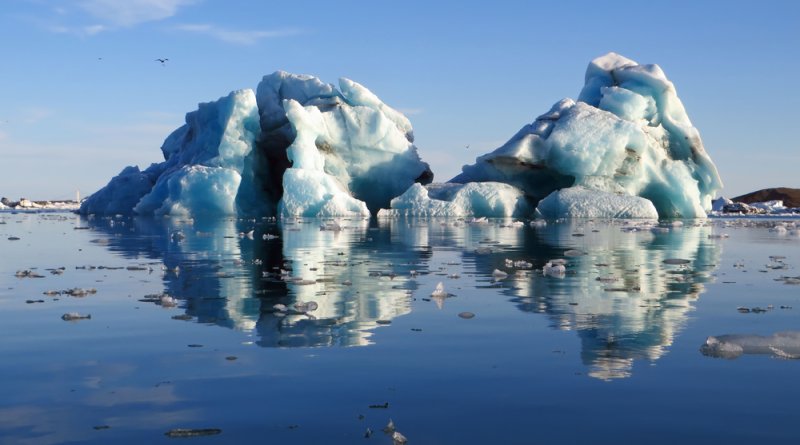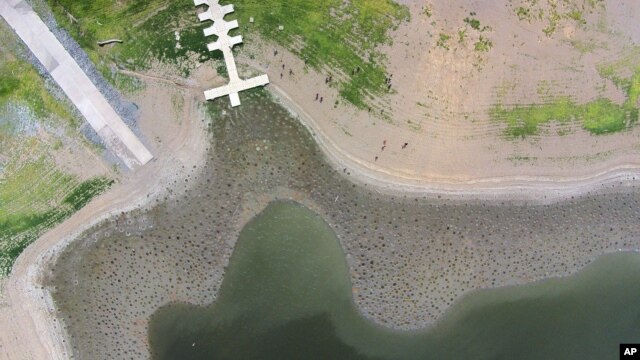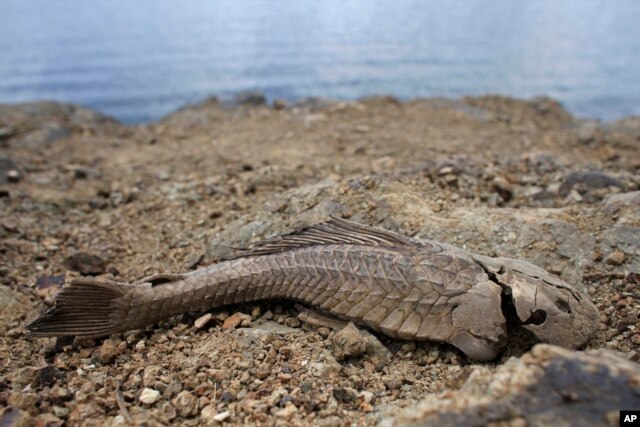Massive burst
But other researchers think the permafrost warming started only recently. "This is the first time in 12,000 years the Arctic Ocean has warmed up 7 degrees in the summer, and that's entirely new because the sea ice hasn't been there to hold the temperatures down," said Peter Wadhams, head of the Polar Ocean Physics Group at the University of Cambridge in the U.K.,
Scientists discover vast methane plumes escaping from Arctic seafloor Earth EarthSky
Twice as Much Methane Escaping Arctic Seafloor
Just curious.........scientists are alarmed. Why do the AGW climate crusaders ignore this like its not happening??
I think I know!!!!!




But other researchers think the permafrost warming started only recently. "This is the first time in 12,000 years the Arctic Ocean has warmed up 7 degrees in the summer, and that's entirely new because the sea ice hasn't been there to hold the temperatures down," said Peter Wadhams, head of the Polar Ocean Physics Group at the University of Cambridge in the U.K.,
Scientists discover vast methane plumes escaping from Arctic seafloor Earth EarthSky
Twice as Much Methane Escaping Arctic Seafloor
Just curious.........scientists are alarmed. Why do the AGW climate crusaders ignore this like its not happening??
I think I know!!!!!







 And anyway......its stoopid to worry about stoopid shit we cant control!!
And anyway......its stoopid to worry about stoopid shit we cant control!!



